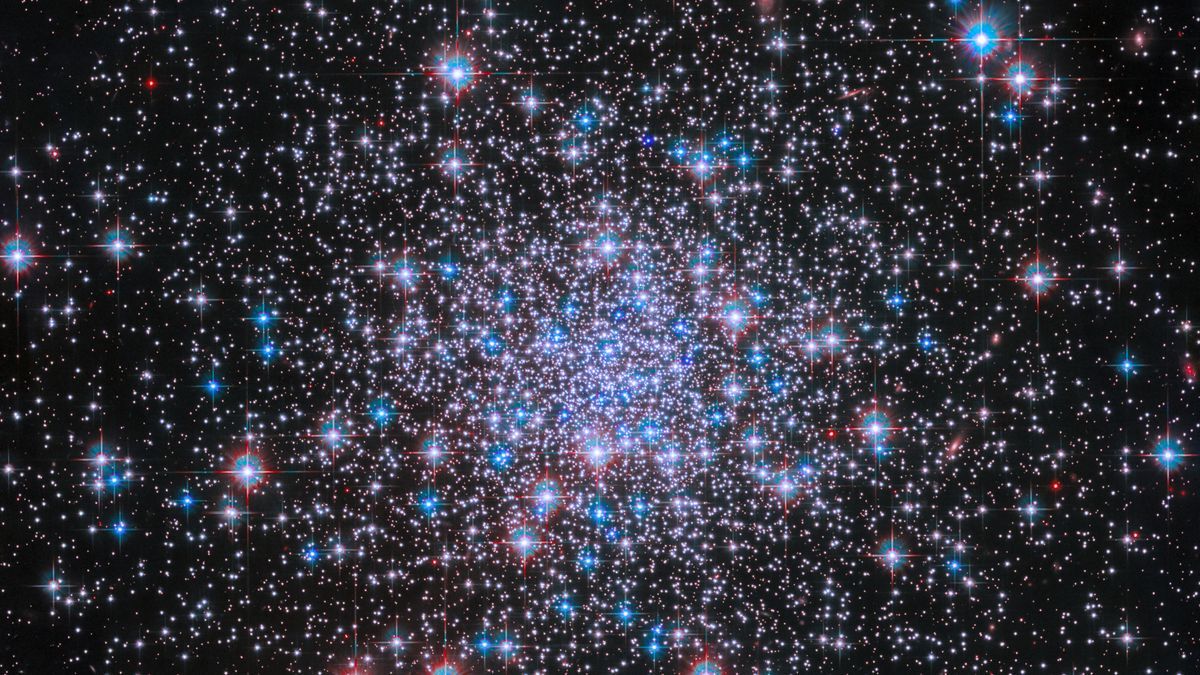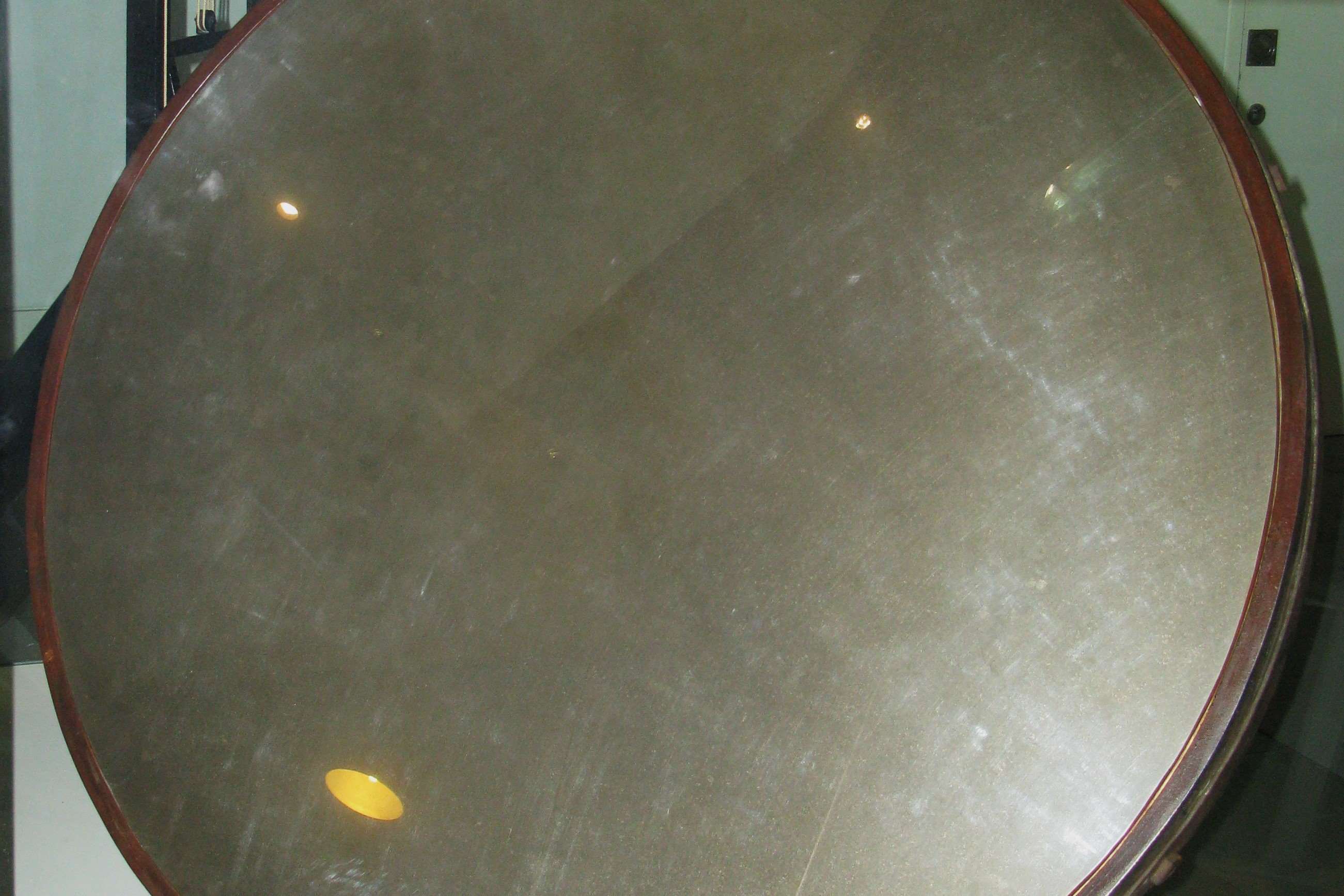
Globular clusters are some of the most intriguing objects in the universe. These densely packed groups of stars orbit the cores of galaxies, including our Milky Way. Why are they important? Because they hold clues to the early stages of galaxy formation and evolution. Imagine a cosmic time capsule, preserving ancient stars that are billions of years old. Studying these clusters helps astronomers understand the age, distribution, and chemical composition of stars. Plus, they are stunning to look at through telescopes, appearing as glittering balls of light. Ready to learn more? Here are 27 fascinating facts about globular clusters.
Key Takeaways:
- Globular clusters are ancient, dense collections of stars in the universe, some nearly as old as the universe itself. They hold clues to the early universe and play a significant role in galactic evolution.
- Studying globular clusters helps astronomers understand the history and development of galaxies, including the distribution of dark matter and the chemical enrichment of galaxies. Despite challenges, their unique features make them fascinating celestial objects.
What Are Globular Clusters?
Globular clusters are fascinating celestial objects. These dense collections of stars orbit the core of galaxies, including our Milky Way. Let's dive into some intriguing facts about these stellar assemblies.
-
Ancient Origins: Globular clusters are among the oldest known objects in the universe. Some are nearly as old as the universe itself, estimated to be around 13 billion years old.
-
Star Density: These clusters are incredibly dense. A typical globular cluster can contain hundreds of thousands to millions of stars packed into a relatively small region of space.
-
Spherical Shape: The gravitational pull among the stars in a globular cluster causes them to form a roughly spherical shape.
-
Metal-Poor Stars: Stars in globular clusters are usually metal-poor, meaning they contain fewer elements heavier than hydrogen and helium compared to younger stars.
-
Halo Residents: Globular clusters are found in the halo of galaxies, orbiting far from the galactic center.
How Do Globular Clusters Form?
Understanding the formation of globular clusters sheds light on the early universe. Their formation is a topic of ongoing research and debate among astronomers.
-
Primordial Gas Clouds: One theory suggests that globular clusters formed from the collapse of primordial gas clouds in the early universe.
-
Mergers and Acquisitions: Another theory posits that globular clusters could be remnants of smaller galaxies that merged with larger ones.
-
Star Formation Bursts: Some globular clusters may have formed during intense bursts of star formation in the early stages of galaxy evolution.
Unique Characteristics of Globular Clusters
Globular clusters possess unique features that distinguish them from other star clusters and celestial objects.
-
Variable Stars: Many globular clusters contain variable stars, which are stars that change in brightness over time.
-
Blue Stragglers: These clusters often have blue stragglers, stars that appear younger and hotter than other stars in the cluster.
-
Pulsars: Some globular clusters are home to pulsars, rapidly rotating neutron stars that emit beams of radiation.
-
High Velocity: Stars in globular clusters can have high velocities, moving rapidly relative to each other due to the cluster's strong gravitational pull.
-
Tidal Stripping: As globular clusters orbit their host galaxy, they can lose stars due to tidal forces, a process known as tidal stripping.
Observing Globular Clusters
Observing globular clusters provides valuable data for astronomers. These observations help us understand the properties and behavior of these ancient star groups.
-
Messier Objects: Many globular clusters are part of the Messier catalog, a list of astronomical objects compiled by French astronomer Charles Messier.
-
Hubble Space Telescope: The Hubble Space Telescope has captured stunning images of globular clusters, revealing their intricate details.
-
Amateur Astronomy: Globular clusters are popular targets for amateur astronomers due to their brightness and beauty.
-
Spectroscopy: By analyzing the light from globular clusters using spectroscopy, astronomers can determine the chemical composition and age of the stars within them.
Famous Globular Clusters
Some globular clusters are particularly well-known and have been extensively studied by astronomers.
-
Omega Centauri: Omega Centauri is the largest and brightest globular cluster in the Milky Way, containing about 10 million stars.
-
M13: Also known as the Great Hercules Cluster, M13 is one of the most famous globular clusters in the northern hemisphere.
-
47 Tucanae: Located in the southern hemisphere, 47 Tucanae is the second-brightest globular cluster in the sky.
-
M22: This cluster, located in the constellation Sagittarius, is one of the closest globular clusters to Earth.
The Role of Globular Clusters in Galactic Evolution
Globular clusters play a significant role in the evolution of galaxies. Their study provides insights into the history and development of galaxies.
-
Galactic Fossils: Globular clusters are often referred to as galactic fossils because they contain some of the oldest stars, providing clues about the early universe.
-
Dark Matter: Studying the motion of stars in globular clusters can help astronomers learn about the distribution of dark matter in galaxies.
-
Chemical Enrichment: The stars in globular clusters contribute to the chemical enrichment of galaxies by producing heavy elements through nuclear fusion.
-
Stellar Dynamics: Globular clusters serve as natural laboratories for studying stellar dynamics and the interactions between stars.
Challenges in Studying Globular Clusters
Despite their importance, studying globular clusters presents several challenges for astronomers.
-
Distance: Many globular clusters are located far from Earth, making detailed observations difficult.
-
Crowded Fields: The high density of stars in globular clusters can make it challenging to resolve individual stars and study their properties.
The Final Frontier of Star Clusters
Globular clusters are like cosmic time capsules, holding secrets about the universe's early days. These dense star groups, often found in a galaxy's halo, contain some of the oldest known stars. Their study helps astronomers understand stellar evolution, galaxy formation, and even dark matter.
With their unique properties, globular clusters serve as natural laboratories for testing theories about the cosmos. They offer clues about the Milky Way's history and the broader universe. From their role in navigation to their sheer beauty, these clusters captivate both scientists and stargazers alike.
So, next time you look up at the night sky, remember those ancient star clusters. They’re not just pretty sights; they’re windows into the past, helping us piece together the story of our universe. Keep exploring, and who knows what other cosmic wonders we might uncover?
Frequently Asked Questions
Was this page helpful?
Our commitment to delivering trustworthy and engaging content is at the heart of what we do. Each fact on our site is contributed by real users like you, bringing a wealth of diverse insights and information. To ensure the highest standards of accuracy and reliability, our dedicated editors meticulously review each submission. This process guarantees that the facts we share are not only fascinating but also credible. Trust in our commitment to quality and authenticity as you explore and learn with us.


